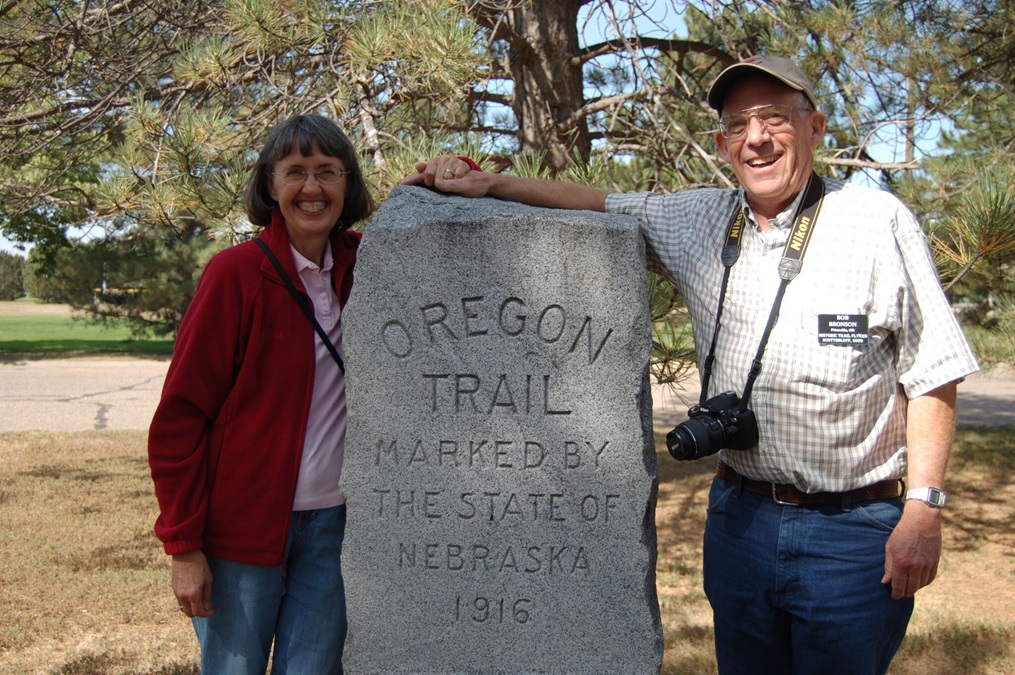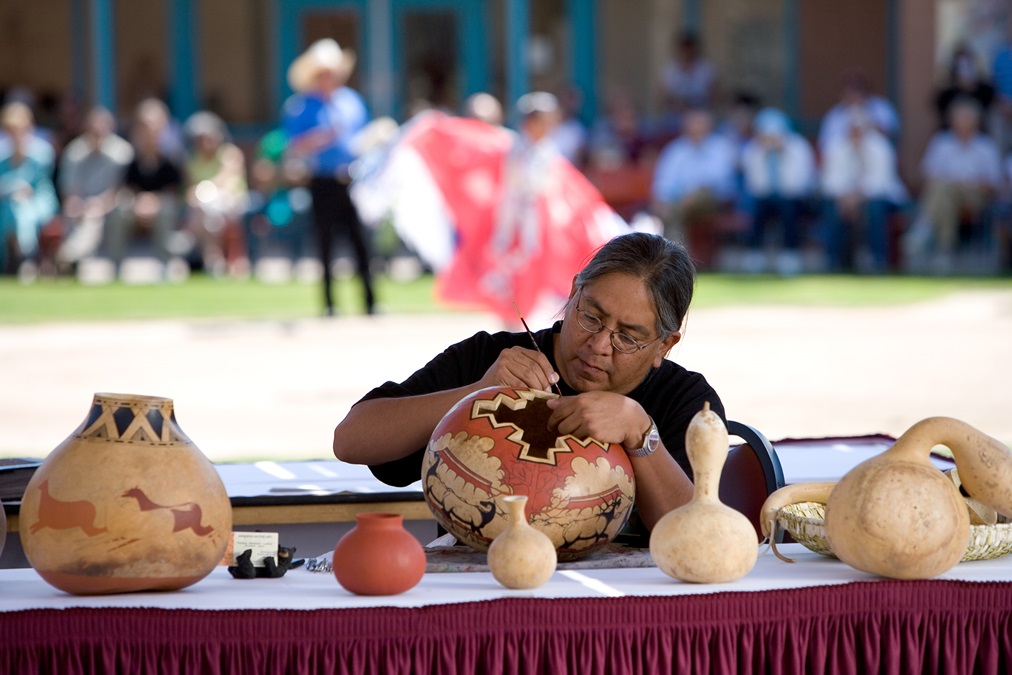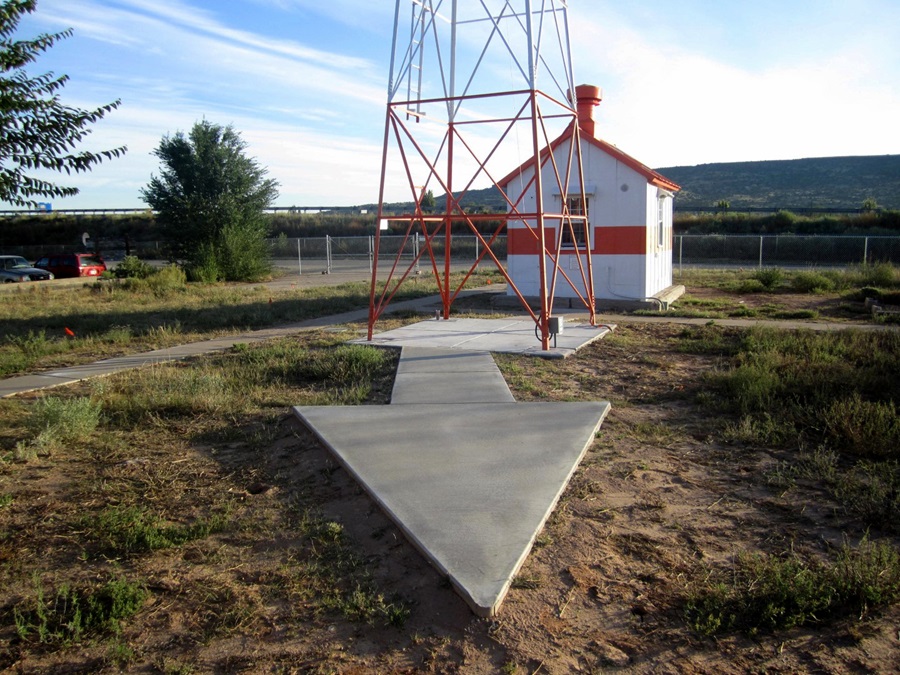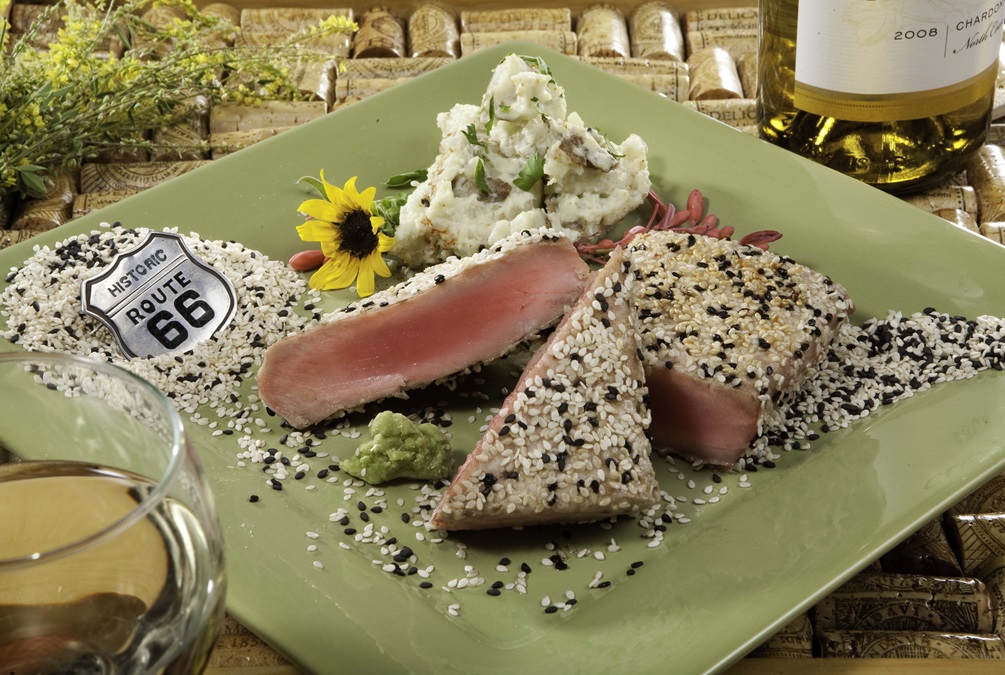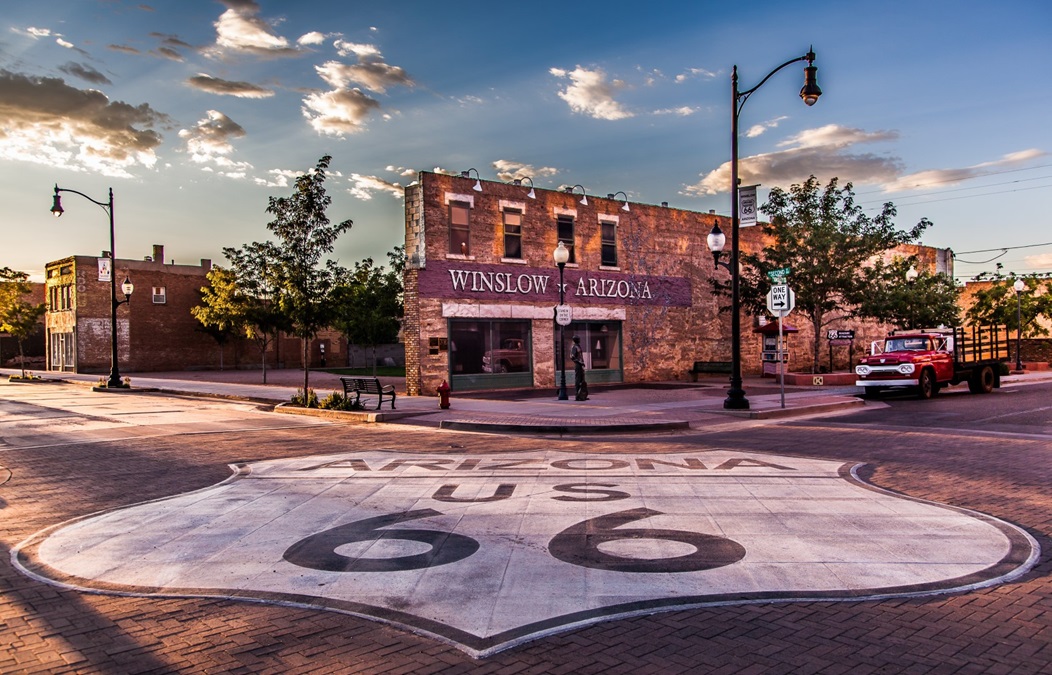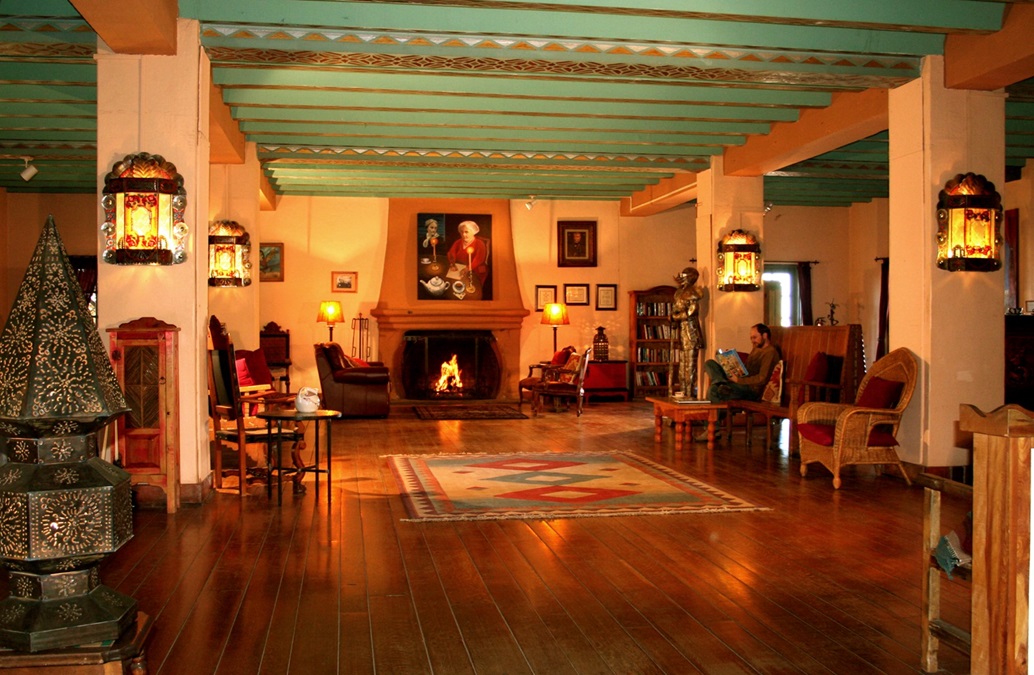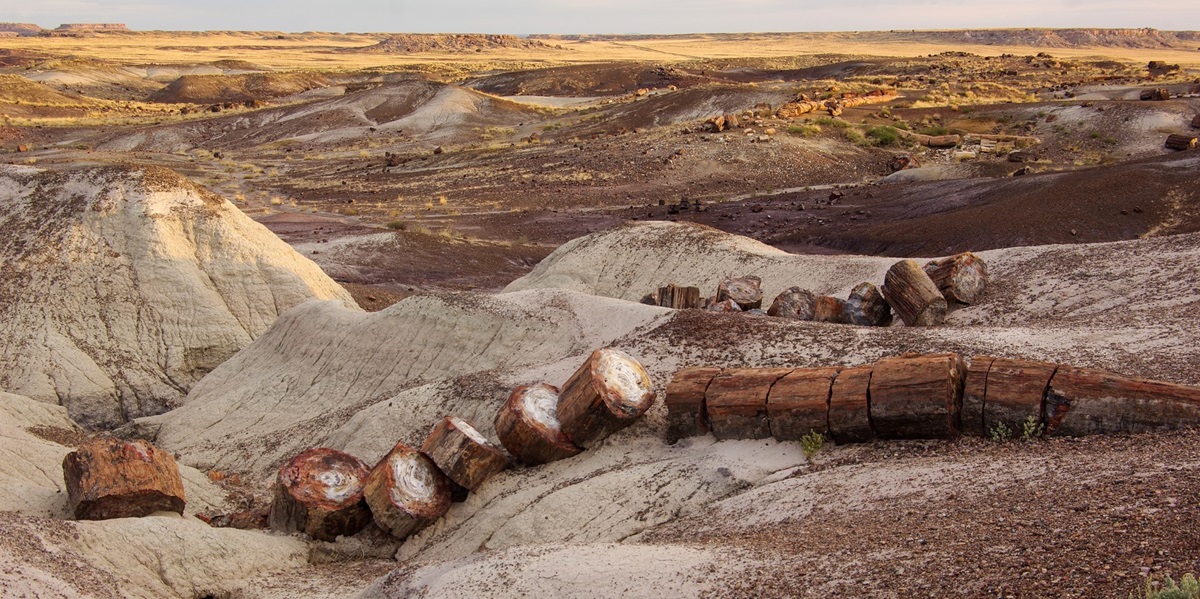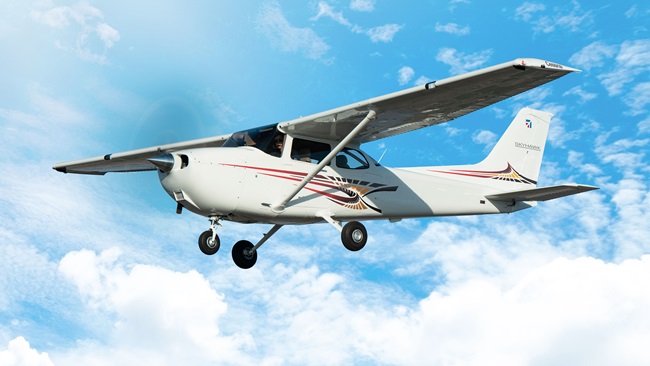The Historic Trail Flyers
Happy trails, pilot-style
Join the Historic Trail Flyers on their next adventure as they retrace America’s most important Western trails from the sky. It’s a fun way to make new pilot friends, see new places, and get the lowdown on local history from experts you’ll meet with personally.
Back in 1989, a small group of pilots from the airpark in Independence, Oregon, were having coffee and doing what pilots do: talking about flying. Independence happens to be the traditional end-point of the original nineteenth-century Oregon Trail. One of the pilots had the idea that it would be fun to fly the Oregon Trail from Independence, Missouri, (considered by many to be the original "jumping off point"), to Independence, Oregon, in the year of the sesquicentennial of the trail, 1993. The others at the table thought it would be a great way to combine their passion for history with their love of aviation. All were keenly aware of how the numerous long trails across the West have shaped U.S. history. These trails date back from the original Spanish explorers in the 1500s to as recently as the iconic Route 66. Driving these trails would take days or weeks and leave little time to explore on the ground. Flying them would be much more fun! That simple idea grew into the Historic Trail Flyers.

The Historic Trail Flyers is a unique flying club. There are no officers or bylaws. The club is registered in Oregon as a nonprofit. Each year, at the end of a trip, participants meet at a “last supper” to decide where they should fly next year, what the general route should be, and who will be the lead volunteer, responsible for organizing the trip. Participants pay a fee to cover certain expenses like ground transportation (usually a bus, school bus, or motor coach) at stops. This totals about $150 per person for the entire trip, which lasts about 10 days. The club generally breaks even each year, which is the goal. Long-time member Rick Hannen says the hardest part of the planning is arranging the ground transportation. Participants make their own hotel reservations and pay their own fuel, food, and hotel expenses (the lead volunteer secures discounts when possible). Flying is done VFR, and there’s no formation flying. The club has never had an accident.
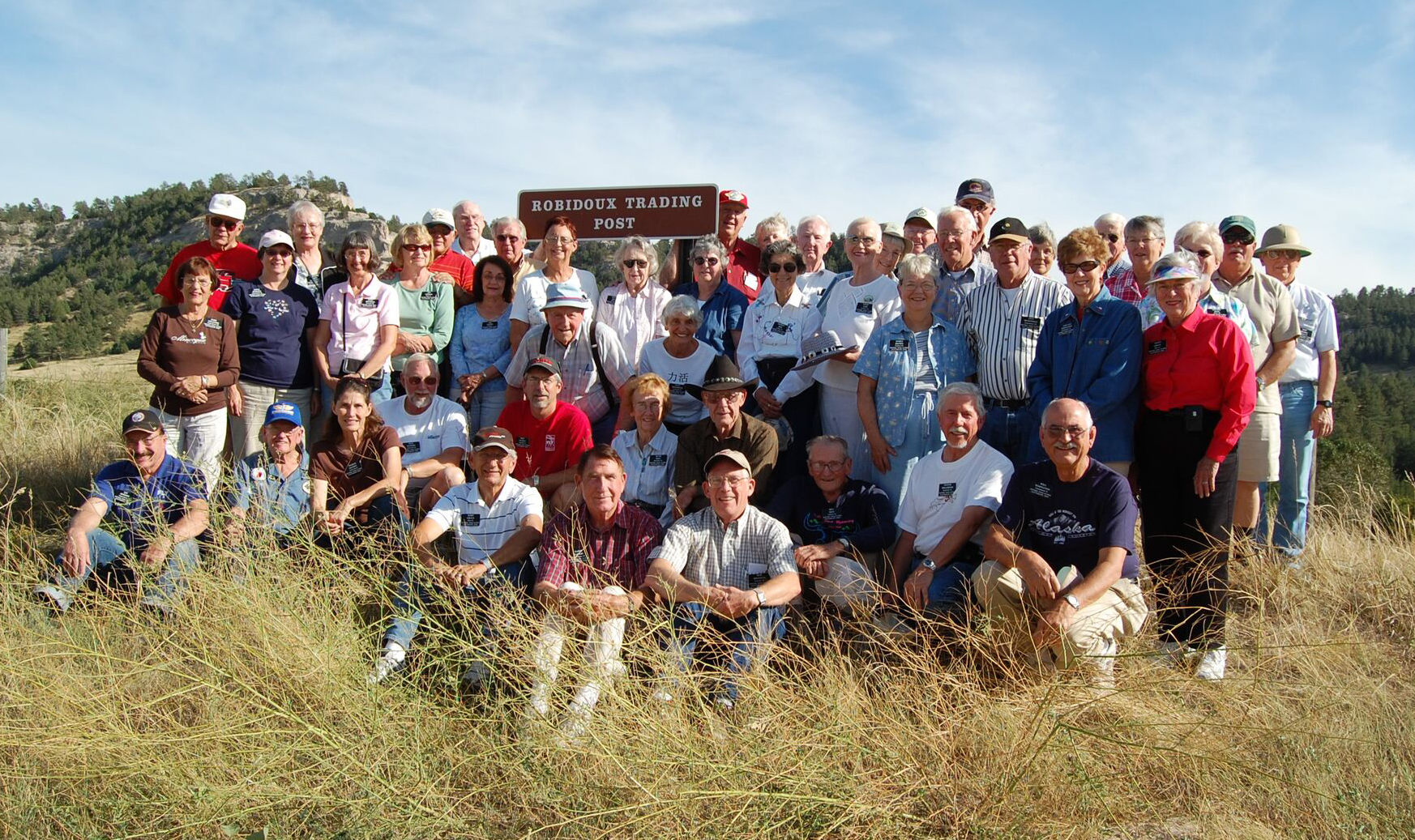
Since flying the Oregon Trail, the club has explored the Lewis and Clark Trail, the Santa Fe Trail going into Fort Union, the California Trail over Donner Pass, the Old Spanish Trail from Santa Fe to Los Angeles, and many more. Hannen says, “Participants are by no means wealthy, though they’re not paupers of course. You need time and an interest in Western history for these tours. We usually recommend a few relevant books before each trip. But some of our older friends have stopped flying. Our last trip had about 10 planes and 30 people, so we’d love to have some new folks join us, have fun, and get their ideas for next year.”
For 2018 (Sept. 22 to Oct. 1), the plan is to follow Route 66, from Albuquerque, New Mexico, to Victorville, California. Meet up and you’ll take a hot air balloon ride, visit the balloon museum and Indian Pueblo Cultural Center (and fantastic Pueblo Harvest Café!), and then fly to Grants, New Mexico, to see the Airway Heritage Museum. In Gallup, free time will allow you to explore murals, museums, or the incredible trading posts that make Gallup ground zero for Indian arts, before dinner and a neon lights tour. Next, you’ll fly to Winslow, Arizona, where you can “stand on the corner” and tour or stay and dine at the amazing and beautifully restored La Posada Hotel, one the finest Fred Harvey hotels in the West. Additional stops include Holbrook and Petrified Forest National Park, Kingman and its Route 66 and model railroad museums, and Oatman for a group dinner with speaker, parade, car show, and more, before finishing at Victorville, California, and its particularly fun Route 66 museum. Want to fly along? See the photos for more information and email Bob Bronson, this year’s organizer, for the complete itinerary!
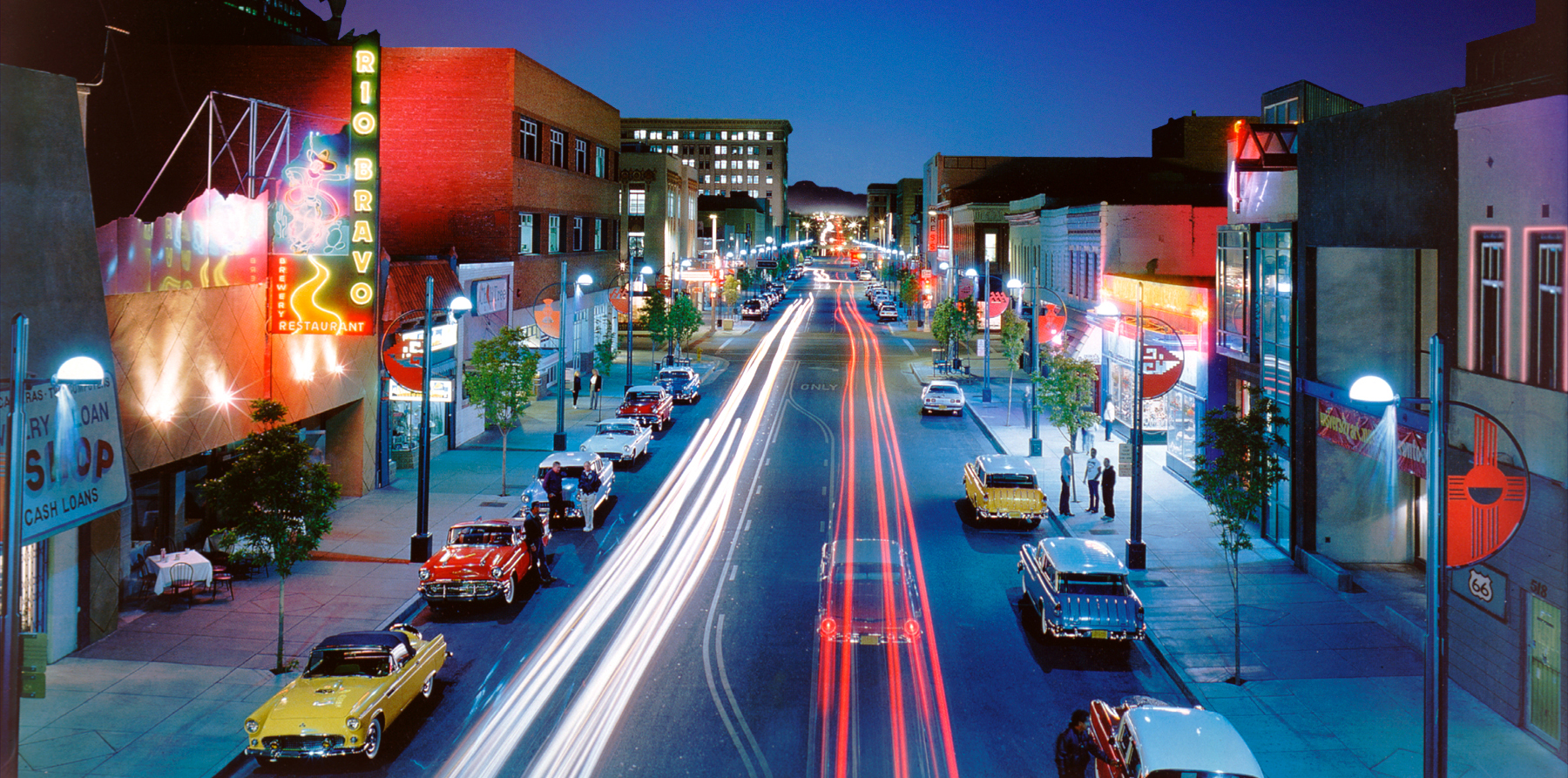
Share your favorite destination in the AOPA Hangar: Places to fly, things to do, where to eat!



